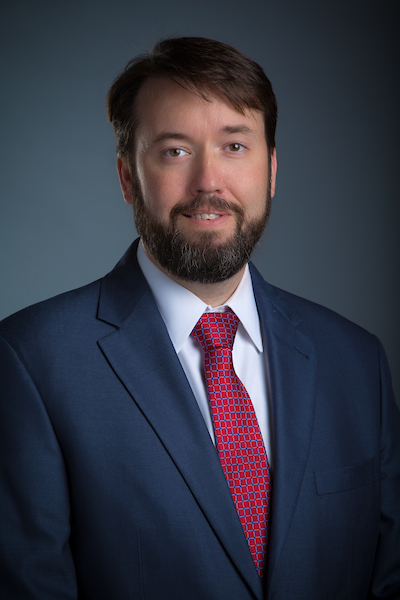 Adam Beck, M.D.Through a unique international collaboration, researchers at the University of Alabama at Birmingham and across the world have assessed how abdominal aortic aneurysm is treated in eleven countries across three continents. Surprising variations in treatment patterns across and within countries was found, indicating opportunities for harmonization of best practices.
Adam Beck, M.D.Through a unique international collaboration, researchers at the University of Alabama at Birmingham and across the world have assessed how abdominal aortic aneurysm is treated in eleven countries across three continents. Surprising variations in treatment patterns across and within countries was found, indicating opportunities for harmonization of best practices.
AAA is a potentially fatal disease, and occurs when the wall of a blood vessel weakens, and a balloon-like dilation called an aneurysm sometimes develops. This happens most often in the abdominal aorta, an essential blood vessel that supplies blood to the legs. According to the Society for Vascular Surgery, 200,000 people in the United States are diagnosed with AAA. A ruptured AAA is the 15th leading cause of death in the country, and the 10th leading cause of death in men older than 55.
This international analysis, published in Circulation, demonstrated that in countries with a private health care system and fee-for-service reimbursement model (U.S., Australia, Germany and Switzerland) doctors are more prone to perform prophylactic surgery in patients early on at smaller aneurysm diameters, which is not recommended by society guidelines. Doctors in these countries are also generally more prone to offer surgical repair in elderly patients above the age of 80, and to perform repair with minimally invasive technique – endovascular aneurysm repair, or EVAR.
Conversely, in countries with socialized health-care and population-based reimbursement for surgery (Denmark, Finland, Hungary, Iceland, New Zealand, Norway and Sweden), doctors more often follow the current evidence-based guidelines for surgery, and wait with repair until the aneurysm reaches the recommended threshold size of 5.5 cm for men and 5.0 cm for women. In some countries, access to minimally invasive surgery is constrained by local regulations and financial disincentives.
"The impressive variations in surgical practice between countries and centers is surprising,” said Adam Beck, M.D., director, Division of Vascular Surgery and Endovascular Therapy at UAB, and the corresponding author of the study. “This is in light of the fact that the best practice in surgical treatment of abdominal aortic aneurysms has been studied in several randomized trials, and there are coherent international guidelines for how and when to treat patients."
Kevin Mani, M.D., associate professor of vascular surgery at Uppsala University, Sweden, said in the study that the report indicates that health care system and reimbursement have as much impact on treatment patterns and indication for surgery as scientific studies and guidelines, with both positive and negative incentives affecting practice.
The study comprises more than 50,000 patients treated during the years 2010-2013 in eleven countries.
The study was performed by the International Consortium of Vascular Registries, which is a collaboration of national and regional vascular registries in Europe, Australia and the United States.